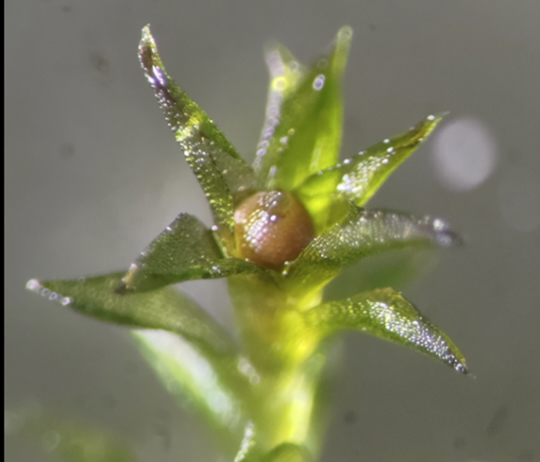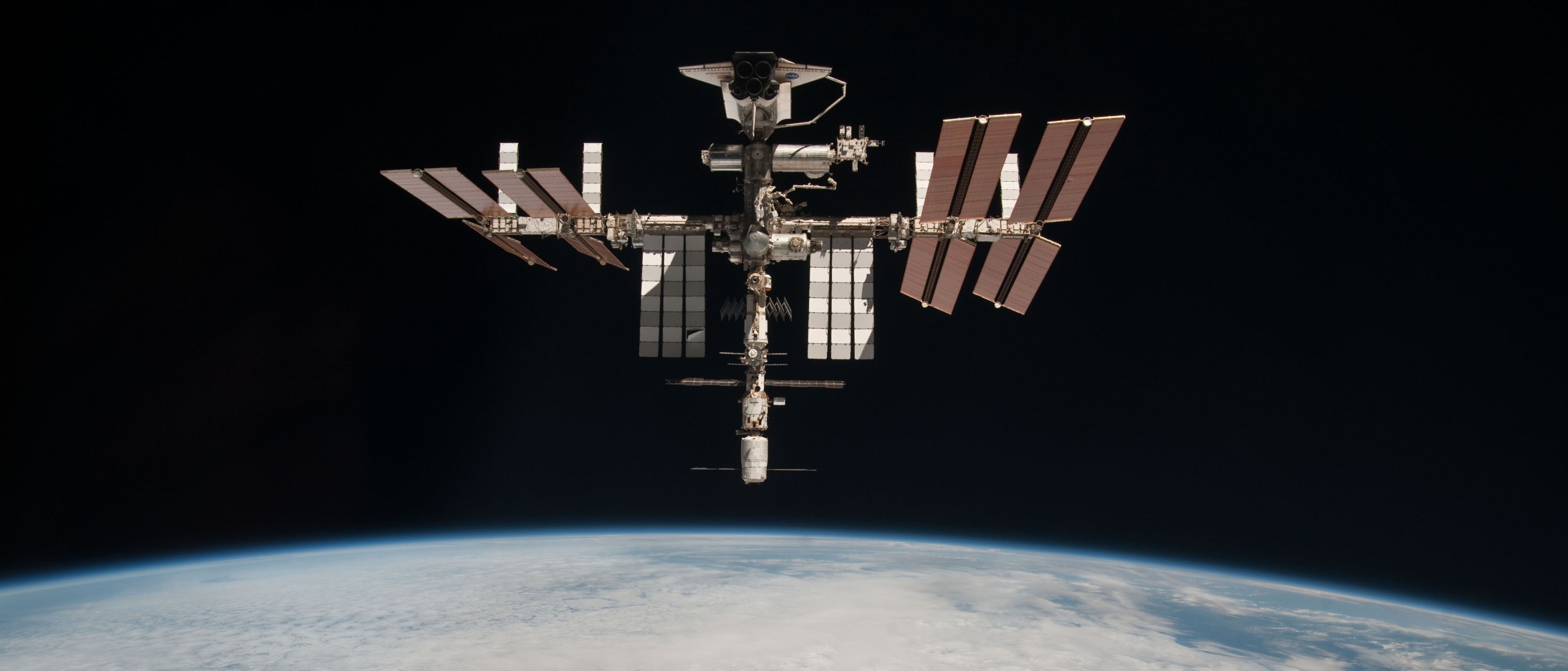Imagine that you are moss. (Thank you for subscribing to Defector, moss!) You are one of the most ancient types of land plants—older than flowers, older than grass, older than trees, older even than ferns, which are the usual go-to for old plants. Being so old, you're relatively simple, as far as plants go. You don't have the standard vascular system for transporting fluid and nutrients internally. Your leaves are just one cell thick.
This makes you tough as hell. You can grow in places most life can't. You grow high in the mountains, in dry deserts. You grow on the sidewalks of cities and the rocks of Antarctica. It takes a lot to kill you. Some scientists got to wondering just how much you could survive. So they shot you into space, stuck you on the outside of the International Space Station for nine whole months, and then brought you back down to Earth to see how you were doing. You were basically fine!
In a study published this week in iScience, researchers sought to investigate just how hardy was Physcomitrium patens, a species known as spreading earthmoss. In a laboratory, they inflicted upon different parts of the plant a series of simulated space environments: vacuum, microgravity, ultra-high and ultra-low temperatures, bombardment by ultraviolet radiation. They found that sporophytes, the reproductive structures that produce spores, were the best at surviving the gantlet.
They then took a bunch of sporophytes, packed 'em on the Cygnus uncrewed spacecraft launch in February 2022, and placed them in the ISS's exposure facility for most of the rest of the year. There they sat, being moss, soaking up all sorts of radiation in the freezing blackness of space.
Despite the simulated environment tests they had previously undergone, Tomomichi Fujita, the study's lead author, was surprised what happened when they got back to Earth.
"We expected almost zero survival, but the result was the opposite: Most of the spores survived," he said. "We were genuinely astonished by the extraordinary durability of these tiny plant cells."
Eighty-six percent of the sporophytes exposed to the harshest conditions successfully germinated back on Earth, not far off the 97 percent germination rate of normal, unexposed spores that had remained planetbound. Using the data they gathered, the researchers estimate that Physcomitrium could survive 5,600 days in space, or about 15 years, and still reproduce as normal.

It's early days yet, and entirely speculative, but there are lots of reasons we might someday want to be able to bring plants to space. They could help with life support on long missions, Fujita noted, including "oxygen generation, humidity control, or even soil formation." They could play a part in the terraformation of Mars or other worlds. Lots of potential uses for a tough little moss.
There's also another angle here, and it's the simple confirmation that multicellular life can survive for an extended time a trip through the vacuum of space. Panspermia is probably the most fringe theory I—well, I won't say I believe it, because it's basically unfalsifiable, which makes it mostly useless as a theory. But let's say I entertain the possibility that life did not originate on Earth, but was instead first transported here aboard some space rock or other—meteoroids, asteroids, comets, space dust, etc.
It's not crazy. Meteoroids strike planets and moons all the time, and sometimes with enough force to achieve escape velocity and send some of those bodies' mass into space. Eventually, that ejecta may make its way to Earth. We know of more than 2,500 pounds of lunar meteorites, or chunks of our Moon that have been blasted to Earth. Nearly 300 meteorites found down here have been identified as coming from Mars. We already know that plenty of organic molecules, the building blocks of life, originate in deep space. We increasingly understand that the inner solar system is regularly visited by comets from entire other solar systems. Over a long enough time frame, I don't find it unimaginable that one of these chunks ejected from a distant world contained some simple life, which survived the trip to Earth. Something not unlike a moss, perhaps.
And, hell, if it happened, maybe it wasn't entirely accidental. We recently spilled a few thousand living tardigrades on the Moon, after all.
To be clear, this is not something I spend much time thinking about. And it's not a particularly useful question for science, seeing as how it only pushes back a step the actual valuable question of how life first formed. Mostly it's a thing people at parties regret getting me started on. This blog is over! You can stop imagining that you are moss now.







